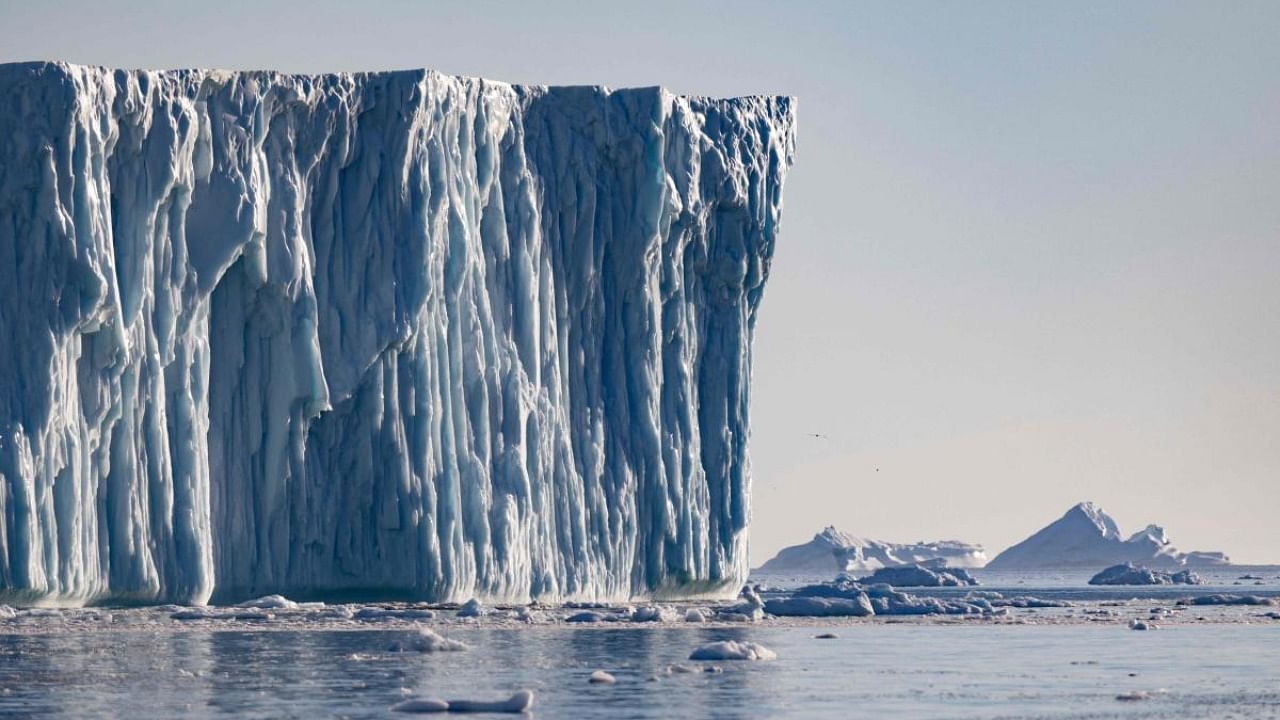
Rapidly rising temperature has resulted in dramatic changes in the Arctic region. Ironically, that’s turning it into a highly contested geopolitical space. There are new navigational discoveries, routes and utilisation of untapped resources by the Arctic Five -- Norway, Russia, Canada, Denmark and the United States -- and by the other three countries in and near the Arctic Circle -- Finland, Iceland and Sweden. As these developments are taking place, there are other nations, namely China, Singapore, Japan and South Korea, which are entering the Arctic aspiring to build a strong presence for themselves. India, too, is in the race.
There is a scramble among countries to become permanent stakeholders in the High North. This race is particularly stark among the 13 observers of the Arctic Council. For instance, while the UK wants to be identified as the ‘nearest neighbour’, through the Shetland Islands, China wishes to be acknowledged as a near-Arctic country.
China’s intentions became clear when it published a white paper in 2018 outlining several steps to carve out a space for itself as a significant player in the High North. The white paper highlighted Beijing’s ambition for a ‘Polar Silk Road’, which it sees as a strategic extension of its Belt and Road Initiative, seeking to enhance transportation and port passageways. China has engaged in growing bilateral and diplomatic relations with the Arctic countries and it can be seen in its relations with Iceland, Denmark (through Greenland) and, most importantly, Russia, which, in the aftermath of the invasion of Ukraine, imparts a new dimension to the geopolitics of the Arctic region. Russia has the upper hand in the region, as it has focused its gaze for years on the Arctic region, developing advanced ice-breaker ships, of which it has more than 40, with three more under construction and more under planning for the next decade.
China, which is a self-proclaimed “near-Arctic State” that does not have any actual territory or land in the Arctic, operates two working icebreakers and is building its first nuclear-powered icebreaker. Russia is the only country to operate nuclear-powered icebreakers that are much more powerful than diesel-powered ones.
The United States has been a core member of the Arctic Council as it has been an Arctic nation with important interests in the region since the purchase of Alaska from Russia in 1867. The Arctic policy of the US is based on six major objectives -- protecting the environment of the Arctic, its natural resources, security and defence needs, scientific monitoring, and strengthening institutions for the cooperation of the eight nations of the Arctic. The different strategies of the US army, navy and air force all emphasize ways of improving the operational capacities and capabilities in the region.
Due to the active engagement of the Russian military in the High North, the strategy of the US is shifting toward a renewed focus on the region. For the US, it is becoming difficult to plan and project sea power in the Arctic, with a polar-icebreaking fleet composed of only two operational icebreakers, the ‘Polar Star’, which is more than 40 years-old, and the ‘Healy’. Six new icebreakers have been authorised. With the help of more icebreakers, the US seeks to remain competitive against Russia and China. The US Coast Guard uses them to access the country’s economic and strategic interests in the High North.
The US has signed agreements with Norway to build facilities on Norwegian bases and there are more than 1,000 US Marines operating in northern Norway on a rotating basis. While Sweden and Finland are not members of NATO yet, they are cooperating closely with the United States and the alliance. Both these countries have facilities that the NATO alliance can use for training, medical support and logistics. Finland is a leader in icebreaker shipbuilding, while Sweden has some of the most effective submarine fleets.
As the exploration of natural resources and discoveries of unexplored maritime routes increases, the Arctic is going to witness unprecedented impacts of climate change. The Great Power competition has made the prospects for the region worse. China’s interests and its policies are a major concern for the littoral states of the Arctic region. China challenges the idea of the Arctic as a static space which only belongs to the five main coastal States, or that it belongs to the eight countries that have a permanent seat in the Arctic Council due to their geographical location. For the US, all these major challenges in the Arctic should set off alarming bells. The Biden administration will need to make policy shifts to tackle these challenges.
(Vivek Mishra is Fellow, Strategic Studies Programme, ORF, New Delhi; Binita Verma is a Doctoral Research Scholar, US Studies Programme, JNU)